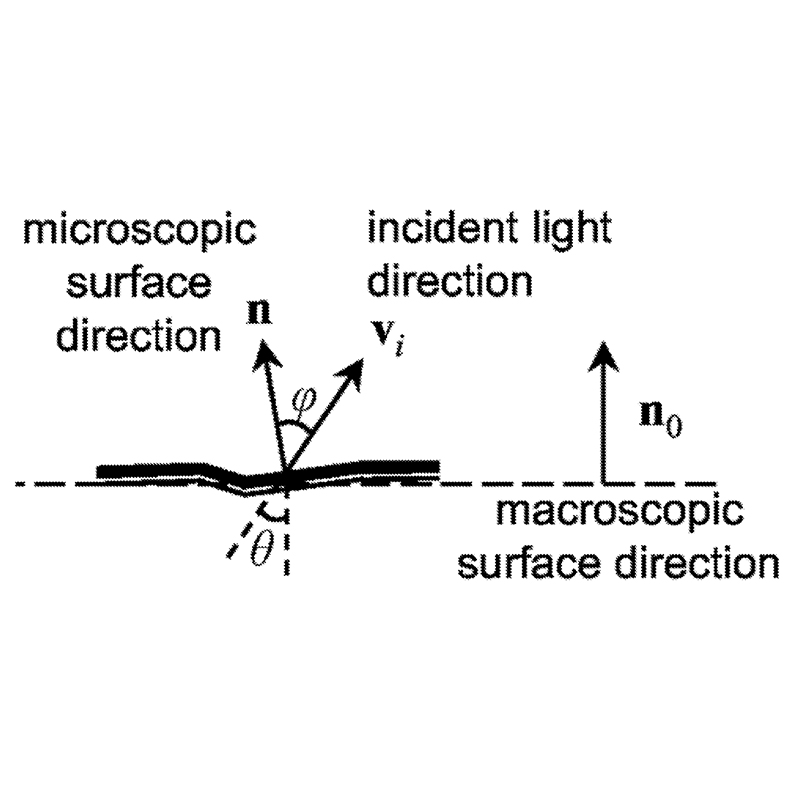News Story
Baras and Zhou issued U.S. Patent 7,827,459 for communications protocol
Professor John Baras (ECE/ISR) and his former student Xiaoming Zhou (ECE Ph.D. 2004) are co-inventors of U.S. Patent 7,827,459, "Communications Protocol." The patent was issued on Nov. 2, 2010.
The invention is an improved telecommunications protocol for networks having relatively long propagation times. The protocol increases the efficiency of transmission in return channels on a multi-channel slotted Aloha system by incorporating advanced error correction algorithms, selective retransmission protocols and the use of reserved channels to satisfy the retransmission requests.
The invention relates to the area of satellite communication protocols for a return satellite channel with special features to increase the efficiency of transmissions. Satellite networks may often be configured such that there are many very small aperture terminals (VSATs) in communication with one Hub. Signals are sent from the hub to the VSATs (and vice versa) via a communication satellite. Signals from the hub to the VSATs are referred to as forward signals. Signals sent via a communications satellite from the VSATs to the hub are referred to as the reverse or return signals. Communication in the forward direction is a one-to-many communication and there is no contention for access on the forward channel. However, the return channel, which has many remote terminals utilizing the return channel, contention, access and efficient use of the return channel (or channels) is a significant issue.
Increasing the efficiency of utilization of the return channel can provide a major increase in the overall system throughput and thus is a key competitive advantage in satellite systems. The propagation delay of geostationary satellites (about 250 milliseconds) introduces significant complications when designing a network to efficiently transfer data in the shortest possible time.
The invention increases efficiency and decreases message latency by combining and implementing a three-step improvement. The first step is to use a packet level forward error correction protocol (PLFEC), which increases the number of messages that can be reconstructed by the hub without retransmission. The second step is to implement a selective retransmission algorithm so that if the number of packets lost is too large for reconstruction, then only the minimum number of packets needed for reconstruction by the PLFEC protocol is retransmitted. The third step is to reserve one or more of the return channels of the Multi-channel slotted Aloha (MCSA) protocol for the retransmissions, which essentially guarantees that the minimum number of packets needed for reconstruction of the message will be received on second transmission.
Baras and Zhou have demonstrated by analysis that the new FMCSA protocol can increase significantly the number of users per satellite transponder. The patent already has been licensed to Cerona Corp., a small company that designs and manufactures high-performance broadband satellite terminals.
Through a recently awarded MIPS grant to Professor Baras and Cerona, Baras's research group has validated via detailed and accurate simulations the substantial performance improvement resulting for incorporating the new FMCSA protocol in a new generation of two-way advanced broadband satellite terminals.
| View information on this and other ISR patents on our patents page |
Published January 4, 2011




